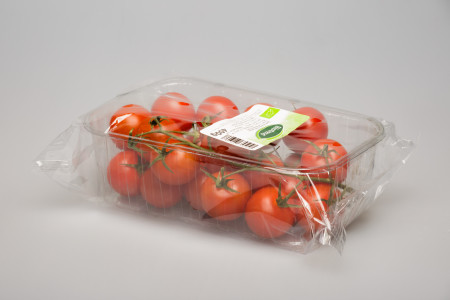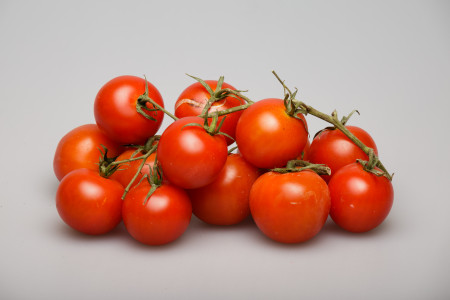About this Collection
What do I want to find out?
What criteria shape pupils’ decisions about the products they buy? To what extent do ethical or environmental implications influence their behaviour as consumers?
What do I need?
- Photos of a range of different tomatoes. You can display them on a whiteboard, or print a set for each pair of pupils. The images should represent a range of choices from ethical to unethical, environmental to less environmental, local to global, highly packaged to unpackaged etc.
What do I do?
Timing: 10 minutes
- With pupils in pairs, show them the images of the different types of tomatoes.
- Ask the pupils to play the role of a customer and to choose the best product.
- Ask them to write down justifications for their decisions on their recording sheet.
- Once all pairs have finished, ask them to feedback their choices and justifications.
How do I analyse the results?
- Count how many times each product was selected and which criteria were most frequently used. These headings may help you to get an overview of pupils’ choices.
| Appearance, brand and flavour |
| Price/value |
| Quality of the product, nutritional value |
| Impact on the environment (transport, pesticides, packaging, place where I buy the product, seasonality) |
| Method of production (local producer, home grown, fair trade, product of intensive agriculture) |
| Other |
- Notice what the pupils’ choices are based on. Why have the pupils chosen these specific products? What is the motivation behind their choices? To what extent do they prioritise their own interests or consider the product in its wider context (environmental impact, supply chain, support local production, working conditions)?
- Focus on the number and type of responses given under each heading. Look for pupils’ ability to critically evaluate production processes, supply chains and globalisation, and to articulate key arguments.
- Pupils´ choices may be influenced by the season in which the activity takes place as a suitable climate is needed for the local production of tomatoes or for growing tomatoes on a balcony. This should be taken into account when it is repeated.
How do I measure the change?
- Depending on the time between each audit, you can repeat the activity exactly, or use an alternative set of photos depicting different products, but selected based on the same criteria.
- As an extension, staff or pupils may monitor changes in their lunch choices or in the content of lunchboxes as indicators of changes in attitude and behaviour.
- Look for a shift in understanding of the products they consume and their lifecycles. Are they more aware of the different types of plastics in packaging, which can be recycled and which cannot. Do they think of reusing plastic packaging, or prefer to select items with no packaging at all.
- Notice whether pupils consider the human impact of the products creation, do they discuss workers’ rights or working conditions. Are they looking for Fairtrade logos or questioning why there is not a Fair Trade option?
- Observe to what extent pupils are able to think of multiple perspective and viewpoints for each choice, empathising with those who may have less money, or fewer choices available to them. Are pupils more critically engaged with the activity and respectful or one another’s views?
Alternatives and Adaptations
For younger pupils, such as 3-7 year olds, use images of items from packed lunch boxes: some compostable, some which can be recycled or reused and some for landfill.
Ask pupils which items they would choose and why and analyse the data using the guide



